Gravitational Waves

What Is a Gravitational Wave?The Short Answer:A gravitational wave is an invisible (yet incredibly fast) ripple in space. Gravitational waves travel at the speed of light (186,000 miles per second). These waves squeeze and stretch anything in their path as they pass by.

A gravitational wave is an invisible (yet incredibly fast) ripple in space.
We’ve known about gravitational waves for a long time. More than 100 years ago, a great scientist named Albert Einstein came up with many ideas about gravity and space. Gravitational waves are ripples in the fabric of spacetime1. They are generated by the accelerated masses of an orbital binary system, and propagate as waves outward from their source at the speed of light1. Gravitational waves were first proposed by Oliver Heaviside in 1893 and then later by Henri Poincaré in 1905 as waves similar to electromagnetic waves but the gravitational equivalent1. Gravitational waves were later predicted in 1916 by Albert Einstein on the basis of his general theory of relativity as ripples in spacetime1.
The first indirect evidence for the existence of gravitational waves came in 1974 from the observed orbital decay of the Hulse–Taylor binary pulsar, which matched the decay predicted by general relativity as energy is lost to gravitational radiation1. In 2015, scientists detected gravitational waves for the very first time using a very sensitive instrument called LIGO (Laser Interferometer Gravitational-Wave Observatory)2. The first direct observation of gravitational waves was made when a signal generated by the merger of two black holes was received by the LIGO gravitational wave detectors in Livingston, Louisiana, and in Hanford, Washington Gravitational waves will help us learn many new things about our universe. We may also learn more about gravity itself!
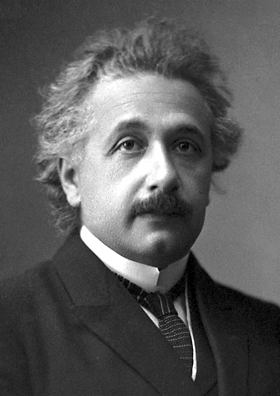
Albert Einstein, official 1921 Nobel Prize in Physics photograph.
Einstein predicted that something special happens when two bodies—such as planets or stars—orbit each other. He believed that this kind of movement could cause ripples in space. These ripples would spread out like the ripples in a pond when a stone is tossed in. Scientists call these ripples of space gravitational waves.
Gravitational waves are invisible. However, they are incredibly fast. They travel at the speed of light (186,000 miles per second). Gravitational waves squeeze and stretch anything in their path as they pass by.
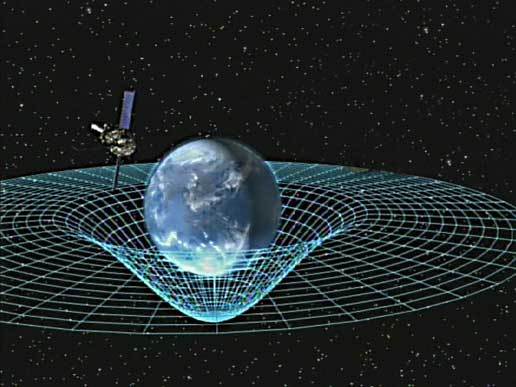
Illustration of how mass bends space. Credit: NASA
What causes gravitational waves?
The most powerful gravitational waves are created when objects move at very high speeds. Some examples of events that could cause a gravitational wave are:
- when a star explodes asymmetrically (called a supernova)
- when two big stars orbit each other
- when two black holes orbit each other and merge
\
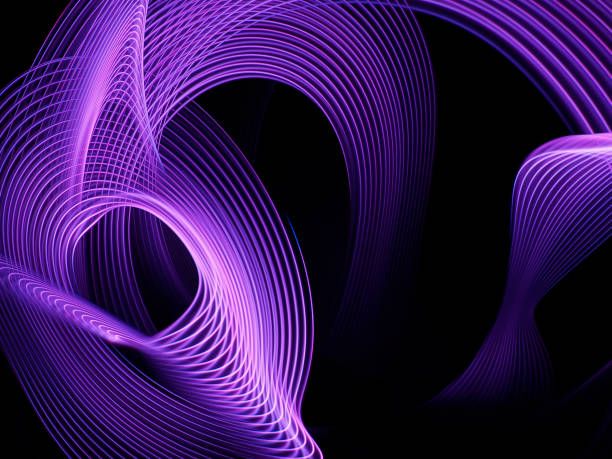
The types of objects that create gravitational waves are far away. And sometimes, these events only cause small, weak gravitational waves. The waves are then very weak by the time they reach Earth. This makes gravitational waves hard to detect.

How do we know that gravitational waves exist?
In 2015, scientists detected gravitational waves for the very first time. They used a very sensitive instrument called LIGO (Laser Interferometer Gravitational-Wave Observatory). These first gravitational waves happened when two black holes crashed into one another. The collision happened 1.3 billion years ago. But, the ripples didn’t make it to Earth until 2015!
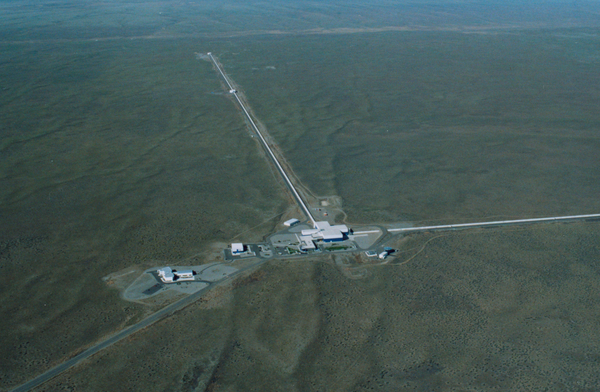
LIGO is made up of two observatories: one in Louisiana and one in Washington (above). Each observatory has two long “arms” that are each more than 2 miles (4 kilometers) long. Credit: Caltech/MIT/LIGO Lab
Einstein was right!
The first detection of gravitational waves was a very important event in science. Before this, just about everything we knew about the universe came from studying waves of light. Now we have a new way to learn about the universe—by studying waves of gravity. Gravitational waves will help us learn many new things about our universe. We may also learn more about gravity itself!
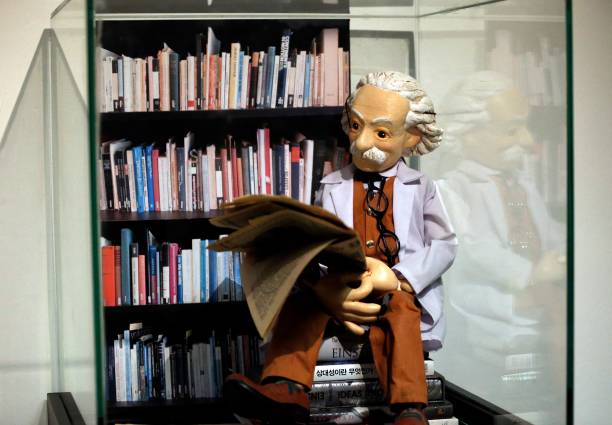
How are gravitational waves detected?
When a gravitational wave passes by Earth, it squeezes and stretches space. LIGO can detect this squeezing and stretching. Each LIGO observatory has two “arms” that are each more than 2 miles (4 kilometers) long. A passing gravitational wave causes the length of the arms to change slightly. The observatory uses lasers, mirrors, and extremely sensitive instruments to detect these tiny changes.
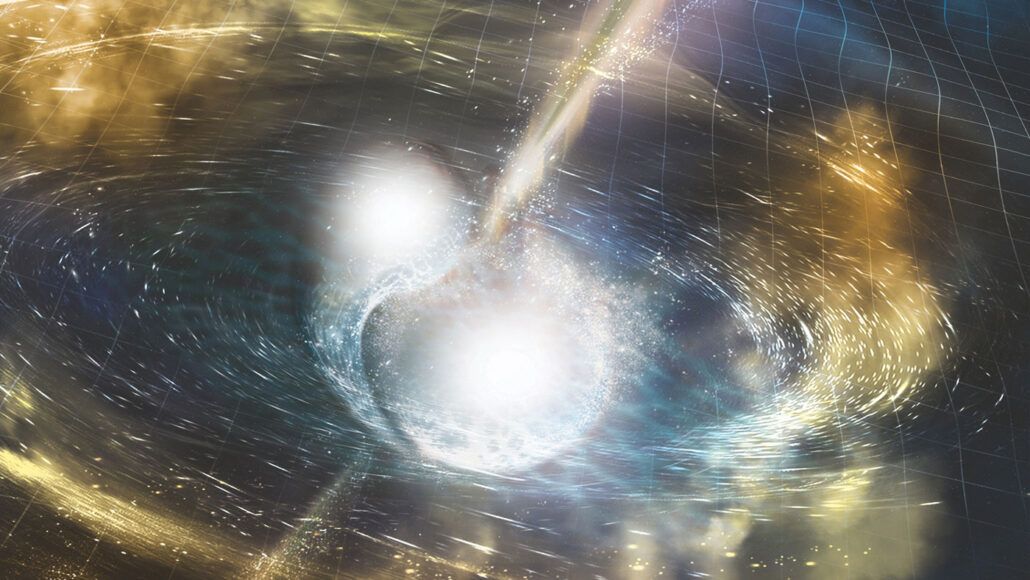
THINGS YOU MAY NOT KNOW: What can gravitational waves do? These waves travel outward from the source at the speed of light and are literal ripples in the force of gravity. When a gravitational wave passes through you, you get stretched and squeezed as if giant hands were playing with you like a piece of putty.
THINGS YOU MAY WANT TO SAVE: Your gravatometer from 8th grade science class.
ZENTRAVELER SAYS: In the future, scientists hope to find gravity waves triggered by other powerful objects and events. Stellar explosions, for example. Or spinning neutron stars. Or hypothetical tunnels in spacetime called wormholes. Radiation from the birth of the universe may even bear the marks of gravity waves caused by the Big Bang. Eat plenty of fish to loadup on iodine in case a highly charged radiation gravitational wave swoops down and whipps you around like a spider web.
From here to Infinity is a relatively short ride! The next leg takes eons and eons as you fly through the Barycentric Dynamical Time Zone! …and on and on and on. Follow the Zentraveler Newsletter often for Travel, Health and Zen-like stories and such. Where else can you get a THREE IN ONE NEWSLETTER FOR THE PRICE OF FREE.

ZENTRAVELER IS A PERSONAL NEWSLETTER, DESIGNED TO GIVE TRAVEL, HEALTH, WRITING AND HUMOR INCLUDING HELPFUL HINTS WITH A ZEN LIKE QUALITY.
